
Hans Heinrich August Gábor Thyssen-Bornemisza de Kászon, Baron Thyssen, was a Dutch-born Swiss industrialist and art collector. A member of the Thyssen family, he had a Hungarian title and was heir to a German fortune.
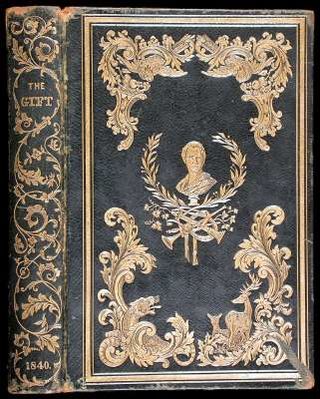
"William Wilson" is a short story by American writer Edgar Allan Poe, first published in 1839 in The Gift, with a setting inspired by Poe's formative years on the outskirts of London. The tale features a doppelgänger. It also appeared in the 1840 collection Tales of the Grotesque and Arabesque, and has been adapted several times.
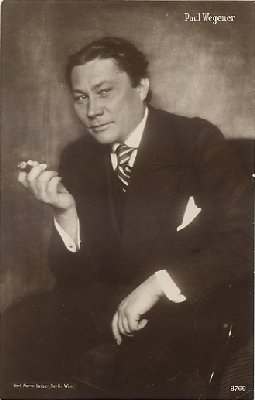
Paul Wegener was a German actor, writer, and film director known for his pioneering role in German expressionist cinema.
Stellan Rye was a Danish-born film director, active in the early 20th century. Rye was born in Randers.

The Thyssen family has notable members, all of whom descend from Friedrich Thyssen, who have established steel works, elevators and escalators, industrial conglomerates, banks, and art collections - Thyssen AG, ThyssenKrupp and ThyssenKrupp Marine Systems. Originating from Germany, family members have taken up residence in various countries.

Guido Seeber was a German cinematographer and pioneer of early cinema.

The House of Schwarzenberg is a German (Franconian) and Czech (Bohemian) aristocratic family, formerly one of the most prominent European noble houses. The Schwarzenbergs are members of the German and Czech nobility, and they once held the rank of Princes of the Holy Roman Empire. The family belongs to the high nobility and traces its roots to the Lords of Seinsheim during the Middle Ages.

Karel, 12th and 7th Prince of Schwarzenberg was a Czech politician, diplomat and statesman who served as the Minister of Foreign Affairs of the Czech Republic from 2007 to 2009 and then again between 2010 and 2013. Schwarzenberg was leader and co-founder of the TOP 09 party and its candidate for president of the Czech Republic in the 2013 election. He served as a member of the Chamber of Deputies (MP) from 2010 to 2021 and in the Senate from 2004 until 2010.
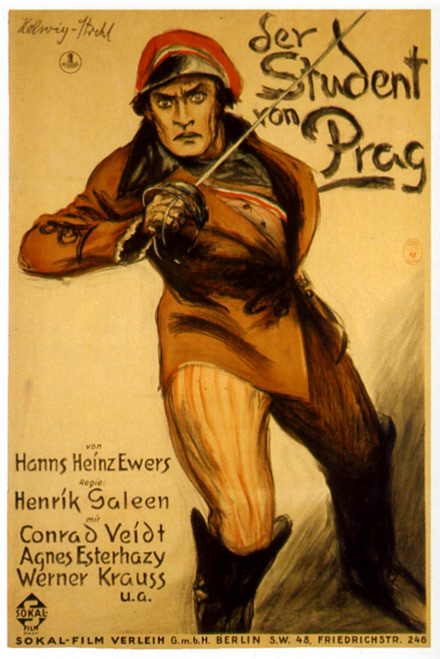
The Student of Prague is a 1926 German Expressionist silent film by actor and filmmaker Henrik Galeen.

Grete Berger was an Austrian-German stage and film actress whose career came to an end following the rise of the Nazi Party in 1933. Berger was murdered at Auschwitz concentration camp in 1944 shortly after her arrival.
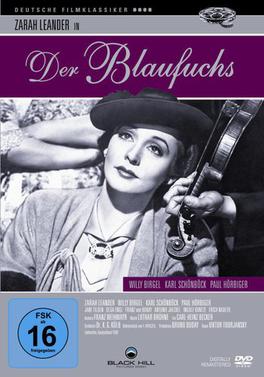
The Blue Fox is a 1938 German comedy film directed by Viktor Tourjansky and starring Zarah Leander, Willy Birgel and Paul Hörbiger. It was based on a play by the Hungarian writer Ferenc Herczeg. It includes the song Kann denn Liebe Sünde sein. It was shot at the Babelsberg Studios in Potsdam and on location in Budapest. The film's sets were designed by the art director Werner Schlichting.
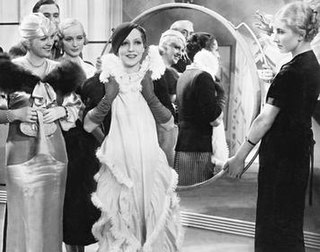
Just Once a Great Lady is a 1934 German comedy film directed by Gerhard Lamprecht and starring Käthe von Nagy, Wolf Albach-Retty and Gretl Theimer. Nagy plays a car saleswoman. The film's sets were designed by the art directors Otto Erdmann and Hans Sohnle. A separate French-language version A Day Will Come (1934) was also released, with Nagy reprising her role alongside Jean-Pierre Aumont.

The Mad Bomberg is a 1957 West Germany comedy film directed by Rolf Thiele and starring Hans Albers, Marion Michael and Harald Juhnke. It was shot at the Göttingen Studios with sets designed by the art directors Gabriel Pellon and Peter Röhrig. The film is an adaptation of the 1923 novel of the same title by Josef Winckler which was based on a real historical Westphalian aristocrat of the nineteenth century. The film was conceived partly as an attempt to replicate the success of Albers' hit film Münchhausen (1943).

The Young Baron Neuhaus is a 1934 German historical drama film directed and co-written by Gustav Ucicky and starring Viktor de Kowa, Käthe von Nagy and Christl Mardayn. Produced and distributed by UFA, it was shot at the company's Babelsberg Studios in Berlin and on location around Vienna. The film's sets were designed by the art directors Robert Herlth and Walter Röhrig.

Come to Vienna, I'll Show You Something! is a 1970 Austrian-West German comedy film directed by Rolf Thiele and starring Tanja Gruber, Veit Relin, and Andrea Rau. A sex comedy, it presents several events in the history of Vienna.
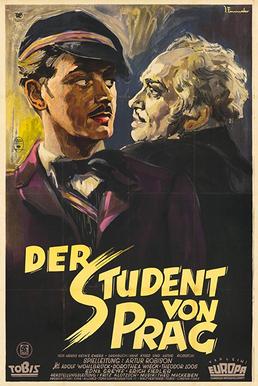
The Student of Prague is a 1935 German horror film directed by Arthur Robison and starring Anton Walbrook, Theodor Loos and Dorothea Wieck. It is based on the eponymous novel by Hanns Heinz Ewers which had previously been adapted into celebrated silent films on two occasions. It was shot at the Johannisthal and EFA Studios in Berlin. The film's sets were designed by the art director Karl Haacker.

Love Must Be Understood is a 1933 German musical comedy film directed by Hans Steinhoff and starring Rosy Barsony, Georg Alexander, and Wolf Albach-Retty. It was shot at the Babelsberg Studios in Berlin. The film's sets were designed by the art director Benno von Arent.
The Beautiful Girl is a 1923 German silent film directed by Max Mack and starring Hella Moja, Fritz Richard and Ilka Grüning.

The Witch is a 1954 West German drama film directed by Gustav Ucicky and starring Anita Björk, Karlheinz Böhm and Attila Hörbiger. It was shot at the Tempelhof Studios in Berlin and on location in Vienna, Rome, Venice, Capri and Styria. The film's sets were designed by the art director Emil Hasler and Walter Kutz.
The Love Nest is a 1922 German silent film directed by Rudolf Walther-Fein and starring Paul Wegener, Reinhold Schünzel, and Lyda Salmonova. It was released in two parts.


















